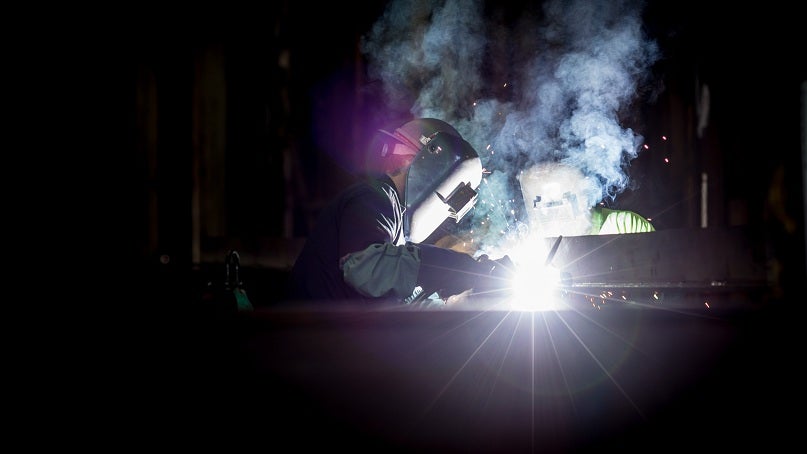The Dangers Faced by Workers in Confined Spaces
admin admin | Jan 17, 2019

A confined working space is a partially enclosed space that is not designed for long-term occupation. Working environments of this kind typically have restricted entrances and exits, insufficient movement space for workers and poor air circulation, among other characteristics.
Some of the most common examples of confined working spaces include tunnels, pipelines, underground sewers, ducts, chimneys, ship holds and ventilation shafts. These places present a number of hazards, so it’s important to take the necessary precautions to keep workers safe from accidents and injuries.
The dangers faced by workers
-
Limited space - The inadequate working space can inhibit the movements of workers, making rescue and immediate escape efforts harder.
-
Poor air circulation - In confined working spaces, the circulation of air is limited, which can result in poor air quality and breathing problems.
-
Low visibility - Low lighting conditions can limit movement and navigation within the space. Using flashlights and lamps, on the other hand, can cause glare and damage workers’ eyes.
-
Structural or mechanical movements - Workers are in danger of getting caught in moving machinery parts or structural movements, given the limited space.
-
Extreme temperatures - Exposure to extreme temperatures can cause hypothermia or hyperthermia, which can be fatal.
-
Noise - Loud noises coming from working machinery and other sources can impair the hearing of workers.
-
Exposure to chemicals - The presence of respirable dust, smoke, fumes, corrosive material and other toxic hazards can lead to injury, permanent disability and even death.
Safety precautions to consider
Assess the risks - Before entering a confined space, try to make an assessment of the site first. Look for possible hazards and risks and try to eliminate them, if possible. Always proceed with caution.
Ensure safe entry and exit - When working in confined spaces, make sure that workers may enter and exit safely and quickly. Clear the entry and exit points of debris and other hindrances that may impede safe passage.
Keep first aid nearby - If upon assessing the site, you discover a number of risks and hazards, make sure that there is first aid available nearby. If it’s a high-risk site, such as an underground waterway or a deep pit, ensure the availability of rescue workers who can respond to any accidents or calls for help immediately.
Assign the right personnel - Workers who are skilled and experienced at what they do have a higher chance of leaving the confined space unharmed.
Wear the necessary protective gear - Protective items such as safety hats, respirator masks, reflective vests, gloves and eye protection can cost money, but they are invaluable tools when it comes to preventing accidents in confined sites.
Working in confined spaces is quite risky, so it’s important to always take the necessary precautions before proceeding. Preparing for the dangers that they entail could not only mean the difference between life and death for workers, but also ensure smooth and efficient operations for your business or project.
Hunter Industrial Supplies
If you’re in need of safety gear for workers in confined spaces, look no further than Hunter Industrial Supplies. We provide a selection of high-quality protective equipment for improved safety and health at affordable price points, helping lower your costs while also improving your bottom line.
To view our full catalogue, visit our website today. If you order now, you will be entitled to reward points which you can use for discounts and exclusive promos the next time you order!
For more practical tips on packaging, storage and worker safety, don’t forget to read our blog!







